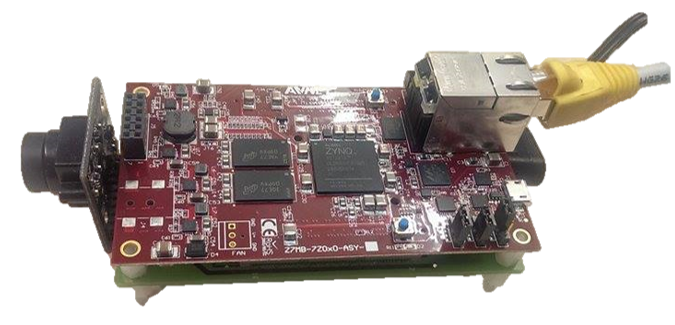ProSecCo at a Glance
Camera networks are widely used in traditional surveillance applications as well as in emerging areas such as elderly care or home monitoring. The ever growing number of cameras raises many security questions. The confidentiality of recorded data is a fundamental requirement for privacy protection of monitored people. Likewise, non-repudiation guarantees are essential whenever captured data is used as evidence in enforcement applications. Due to the distributed and cooperative nature of modern camera networks, these requirements do not only apply for data transmitted to a monitoring station but also for data exchanged between cameras. ProSecCo explores the design of a secure, embedded surveillance camera architecture that advances the current state of the art in several ways. First, it provides confidentiality and non-repudiation as inherent features of the camera system. Second, it achieves secure inter-camera cooperation with minimal involvement of centralized entities. Third, it uses modern, hybrid ARM/FPGA system on chip solutions to provide security and high speed image analysis functions. Physical properties in the form of physical unclonable functions are exploited to realize high levels of security without requiring additional, specialized hardware. ProSecCo initially performs an in-depth threat analysis and specifies the requirements, assumptions and implied limitations. Next, concepts for camera-centric and inter-camera security features are developed. These concepts are prototypically implemented on off-the-shelf hardware. A thorough evaluation of the feasibility and performance of the developed concepts is conducted in a secure, multi-camera person tracking case study.
ProSecCo Prototype Platform
A substantial part of the work of the first project year was the design, development and implementation of a prototype camera system based on the Xilinx Zynq platform. The basis of the prototype is the MicroZED development board distributed by Avnet. A custom printed circuit board (PCB) was designed and implemented which allows attaching an Omnivision OV5642 image sensor to the MicroZED board. A photo of the prototype’s hardware is shown in the following figure.
 MicroZED board (top) with attached custom camera carrier board (bottom) and
an OV5642 image sensor (left). The system is connected to the Internet via Ethernet.
MicroZED board (top) with attached custom camera carrier board (bottom) and
an OV5642 image sensor (left). The system is connected to the Internet via Ethernet.